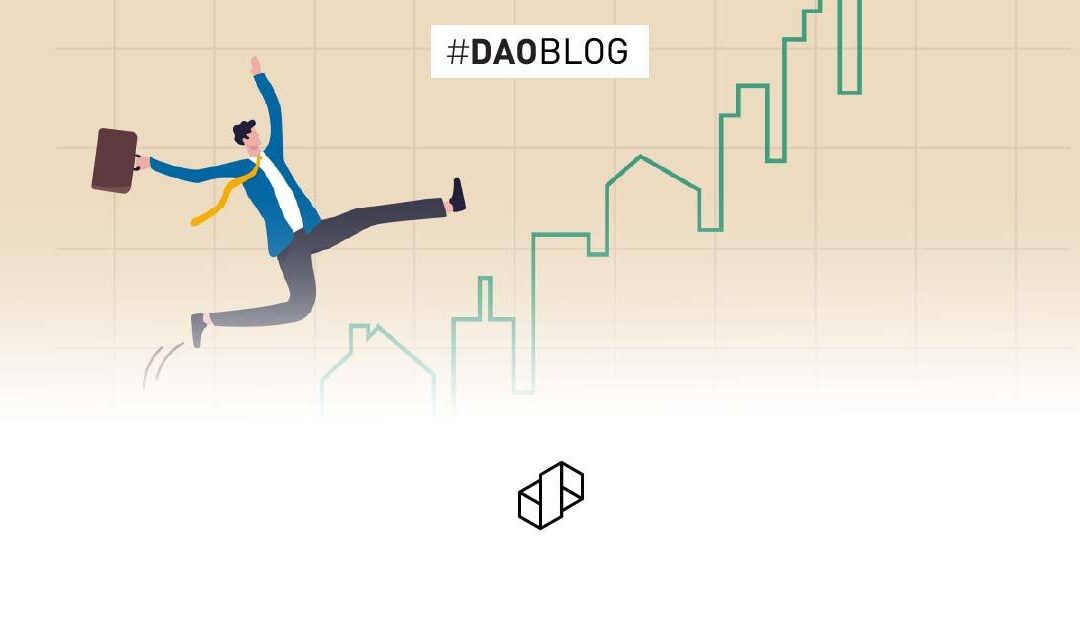Are you looking to invest in real estate for the first time? Or are you a seasoned investor looking to make more profitable real estate investments? Investing in real estate is more complex than it may seem. While endless opportunities exist, the market is also rife with shady practices. Before committing huge sums of money, it is essential to gain the proper knowledge. After talking to people with decades of real estate experience, here are seven factors, in order of importance, to consider before making your real estate investment:
1. Starting with WHY?
Are you only looking for capital gains? Or a passive income stream? Perhaps both? It is essential to be sure about what you require from your investment. This will help you make investments suited to your needs and give you the ‘profit’ that you require.
Some might invest for steady capital gains over the years, while others might wish to have a source of passive income in the form of rental payments or just a means of parking your savings into something concrete. For many others, real estate investments provide excellent tax breaks when investments are carried over a certain period of time.
2. What is your TARGET AUDIENCE?
Cultural and social factors are constantly changing in today’s world. Family sizes are changing, property uses are changing. The ultimate user or target audience for your investment is not the same as it used to be fifteen years ago. Hence, before investing, ask who the real estate is for: Are you looking to build a home for your family? Are you aiming to rent out commercial space to a well-known franchise? Asking these questions will help develop the use case for your investment and make the decision a more prudent one.
Demographic statistics are often overlooked but is a significant factor that affects how real estate is priced and what types of properties are in demand. Major shifts in the demographics of a nation can have a large impact on real estate trends for several decades.
3. PRICE Vs. Value
Price is what you pay, value is what you get in return. According to our Chief Sales Officer, Owais Barlas, you make a profit when you buy, not when you sell. When purchasing real estate, you must know the difference between the property’s value and market price. The property’s market price is how much you’re paying for it, and the market value is how much you SHOULD pay for it.
Valuation is a scientific, data-driven exercise where factors such as comparison, growth, historical value, income-yielding potential, replacement cost, etc., are considered.
Put simply: Valuation > Price = Profit!
4. RISKS and uncertainties
Risks are measurable uncertainties, and uncertainties are immeasurable risks.
Like all financial investments, real estate also involves some risk, hence, requires some level of risk management. Measured risks result in higher growth potential. For example, developmental real estate projects typically offer higher gains if purchased at the right value. Mature assets in established areas yield a stable income and growth but have little chance of outperforming the market (all other things being equal).
5. Who’s the PREVIOUS OWNER of the property?
Past performance is a good indicator of future performance. You need to do a background check on the person/company selling the property, and knowing their track record will give you great insight into your purchasing. If a deal seems too good to be true, be extra cautious.
6. What’s the LOCATION?
Falling in line with the property’s intended use, you must make your investment decision accordingly. For example, if you’re looking for a residential property, you need to look at the level of comfort that the property provides and the amenities nearby. On the other hand, if you’re looking for a commercial property, you need to consider the footfall in that area, amongst other factors.
7. Macroeconomic FACTORS
You can never make gains in recessions, but during boom cycles, even investments made at a whim will make good returns. The timing of your investment is a key factor in driving your growth. Demand side factors like GDP growth rate, migration, income levels, demographic changes and investment appetite have an immediate effect on real estate price movements. Similarly, an overheated market with an excessive supply of an asset class is an early signal of an inevitable price dip. However, a long-term strategy that yields a consistent return (irrespective of economic cycles) will always outperform a short-term speculative investment.
To read more blogs, visit our blogs page here.

Esa Imran
Digital & Communications Specialist


 Book a Meeting
Book a Meeting